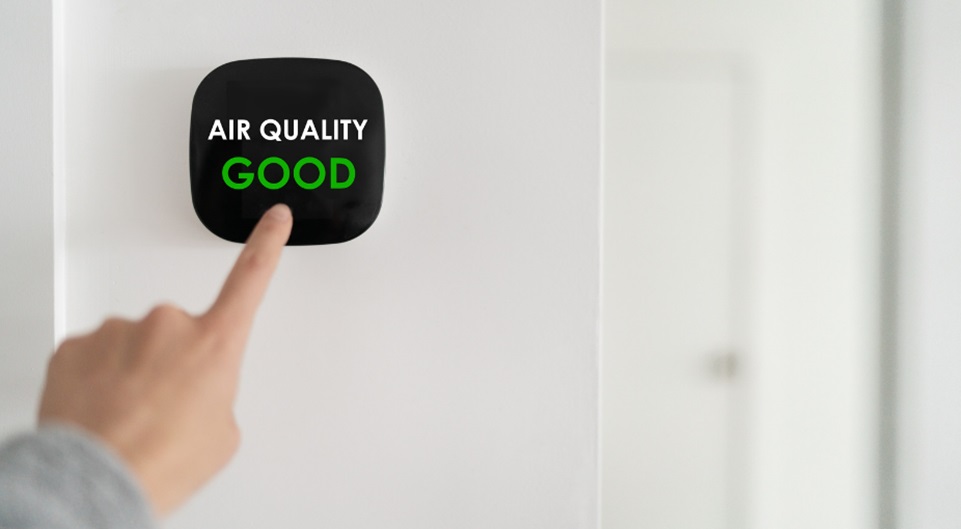
Welding is an essential process in various industries, such as construction, manufacturing, and automotive. It involves the melting and joining of materials through the application of heat, which creates a hazardous environment for workers due to the production of smoke and fumes.
The welding process produces toxic gases and particles that can be harmful to both welders and those working in close proximity. These fumes can cause short-term effects such as nausea, dizziness, and eye irritation. Prolonged exposure to welding fumes can lead to serious health issues like lung cancer, respiratory diseases, and reproductive problems. To combat these dangers, it is crucial to improve air quality in welding environments. In this article, we will discuss the importance of air quality in welding and ways to improve it.
The Importance of Air Quality in Welding
The Occupational Safety and Health Administration (OSHA) has set permissible exposure limits for various substances produced during the welding process. These limits are in place to protect workers from potential health hazards. Poor air quality due to welding fumes can also affect the quality of work and lead to delays in production.
Furthermore, choosing the right welding fume extraction units and proper ventilation not only protects workers but also reduces the risk of fire and explosions. Welding fumes are highly flammable, which increases the potential for accidents if not properly controlled. Therefore, maintaining good air quality is crucial for the safety and productivity of welding environments.
Ways to Improve Air Quality in Welding Environments
1. Adequate Ventilation
The first line of defense against hazardous welding fumes is proper ventilation. Installing exhaust fans or using natural ventilation methods can help remove contaminated air from the workspace. This method works best when combined with local exhaust ventilation systems, which capture fumes at the source and prevent them from spreading throughout the workplace.
2. Use of Personal Protective Equipment (PPE)
Employers should provide workers with appropriate personal protective equipment such as respirators, gloves, and eye protection to minimize exposure to welding fumes. It is essential to select PPE that is suitable for the type of welding being performed and provides adequate protection against the identified hazards.
3. Regular Maintenance of Welding Equipment
Regular maintenance and inspection of welding equipment can significantly reduce the production of harmful fumes. Worn or damaged parts should be replaced, and proper cleaning methods should be followed to prevent the buildup of contaminants that could lead to excessive smoke generation. Additionally, using newer and more advanced equipment can also help decrease fume production.
4. Implement a Cleanliness Program
Implementing a cleanliness program in the workplace can help reduce potential hazards. This includes regular cleaning of surfaces and equipment to prevent the accumulation of dust, debris, and other contaminants that could contribute to poor air quality. Employers should also ensure that work areas are kept free of clutter to allow for proper ventilation.
5. Use of Low Fume-Generating Welding Processes
Advances in technology have led to the development of low fume-generating welding processes such as metal inert gas (MIG) and tungsten inert gas (TIG). These processes produce fewer fumes than traditional welding methods, making them a safer option for workers. Employers should consider implementing these processes whenever possible to improve air quality in the welding environment.
Conclusion
Improving air quality in welding environments is crucial for protecting the health and safety of workers. Adequate ventilation, use of personal protective equipment, regular maintenance of equipment, implementing cleanliness programs, and using low fume-generating processes are all effective ways to achieve this goal. By implementing these measures, employers can create a safer and healthier workplace for their employees and increase productivity in welding environments. It is the responsibility of both employers and workers to prioritize air quality in welding environments to create a better and safer work environment for all. So, it is essential to spread awareness about the importance of improving air quality in welding environments and take the necessary steps to ensure a safe and healthy workplace for all.
